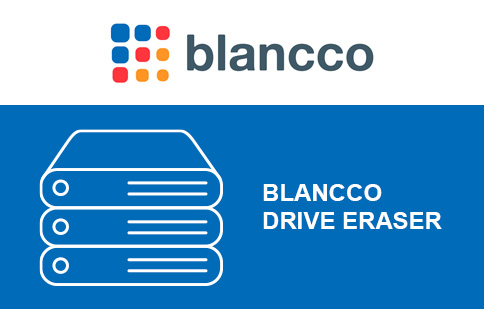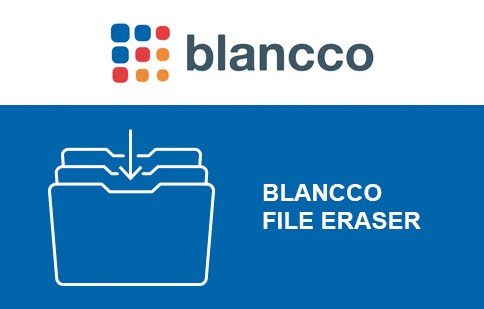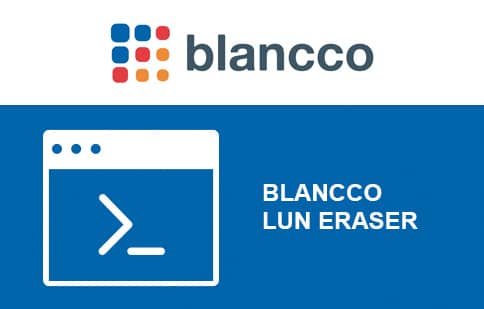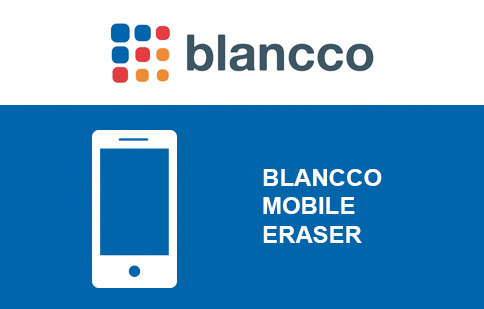
The NIST 800-88 guide is an industry standard for the secure deletion of electronic information, establishing a framework to ensure that sensitive data is deleted in a way that prevents unauthorized recovery.
 Blancco Drive Eraser
Blancco Drive Eraser
 Blancco File Eraser
Blancco File Eraser
 Blancco Virtual Machine Eraser
Blancco Virtual Machine Eraser
 Blancco Lun Eraser
Blancco Lun Eraser
 Blancco Mobile Eraser
Blancco Mobile Eraser
 Blancco Removable Media Eraser
Blancco Removable Media Eraser